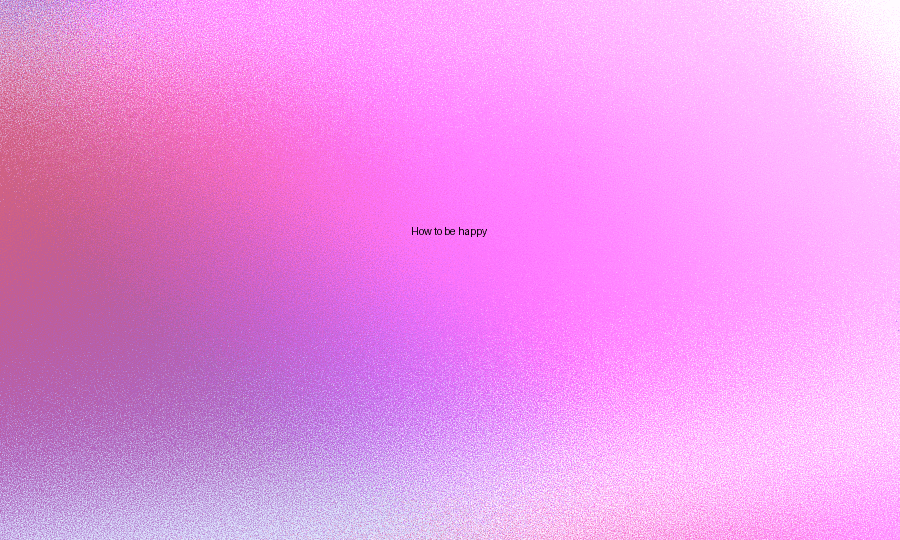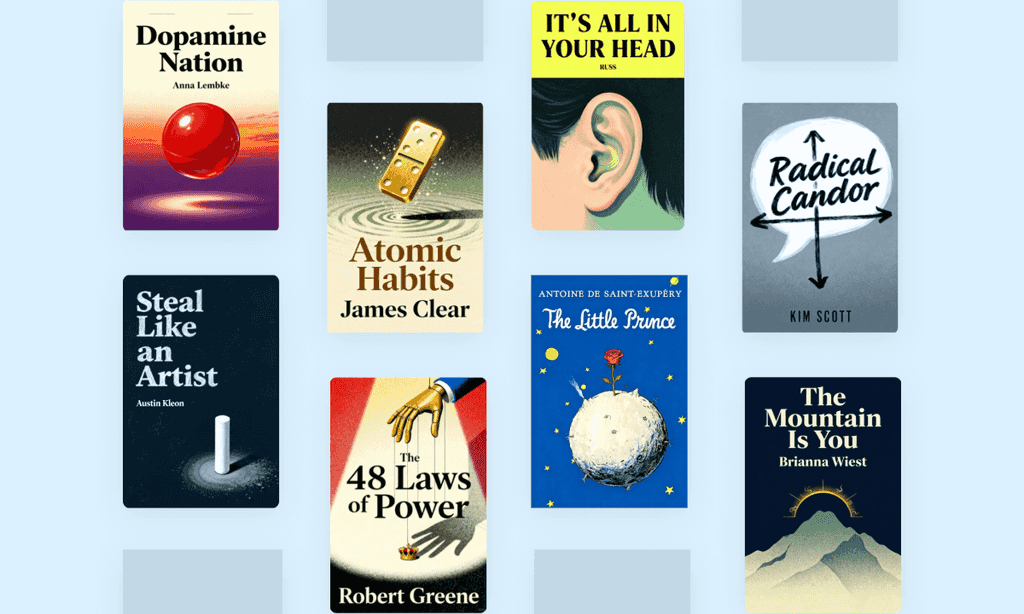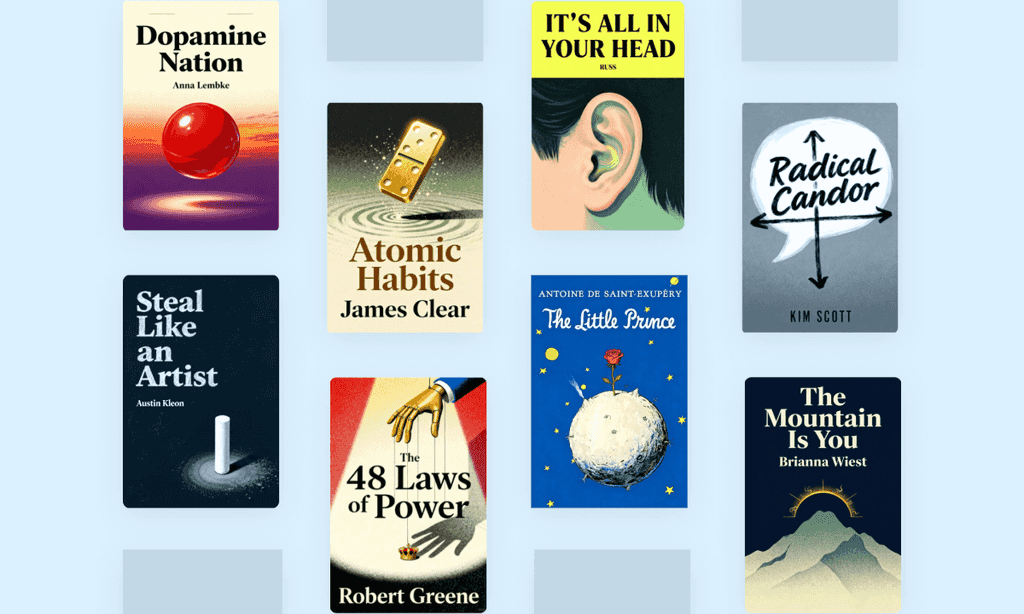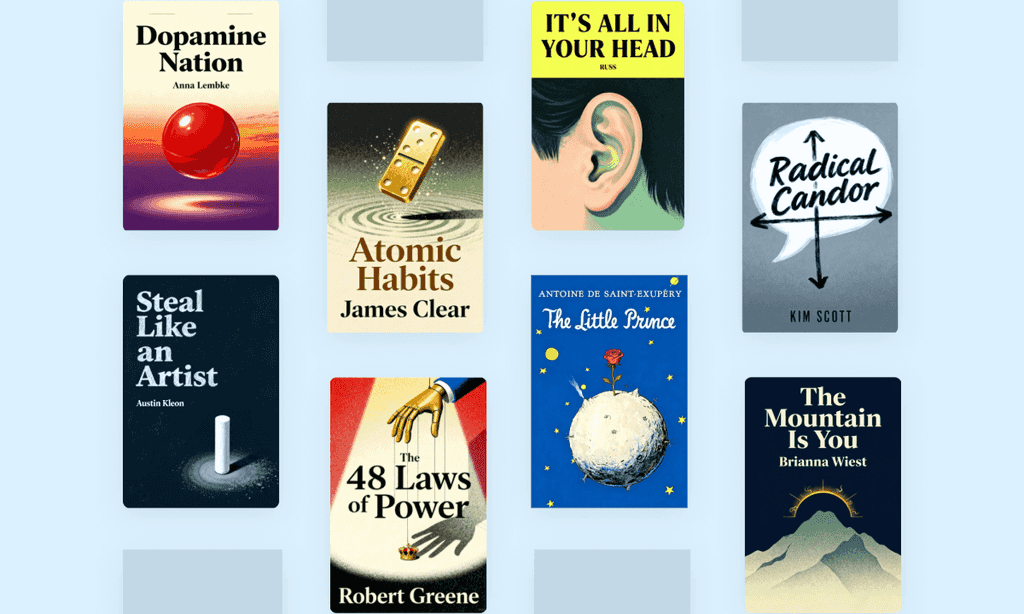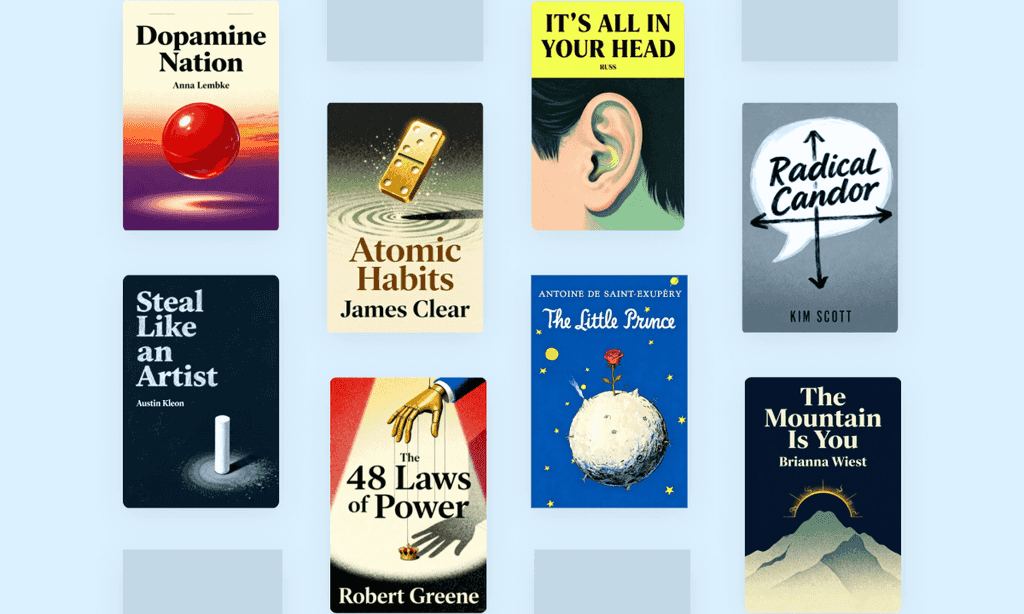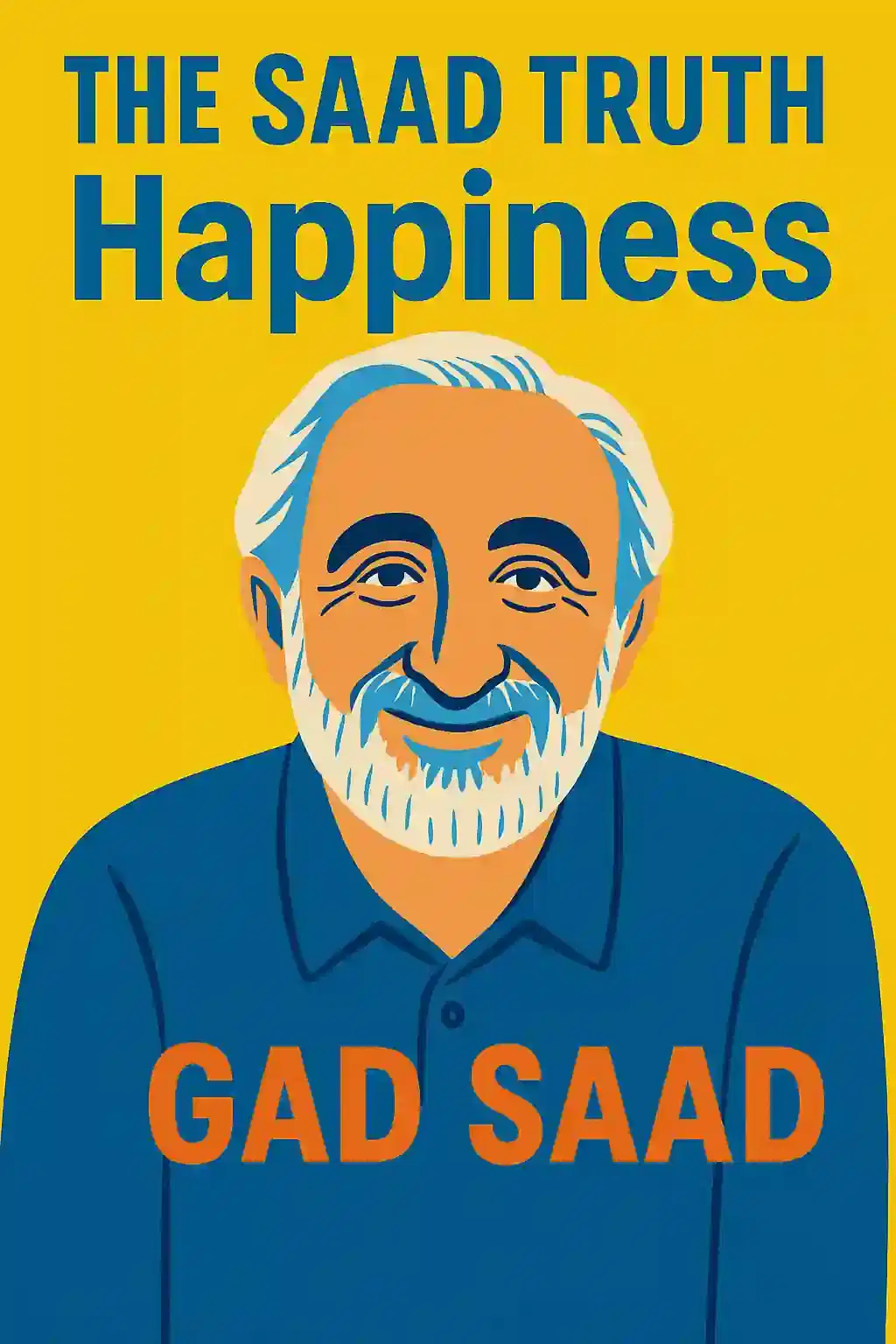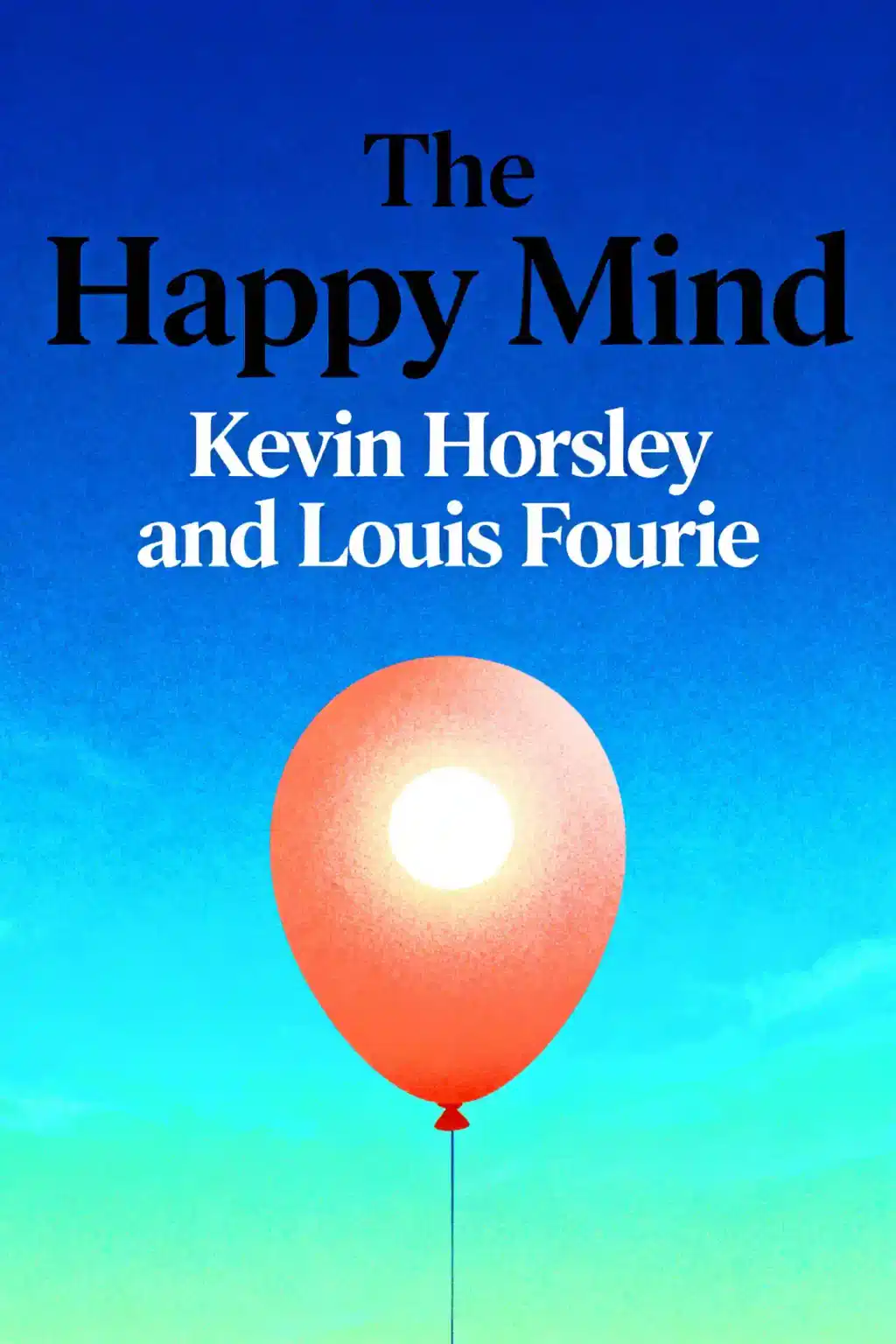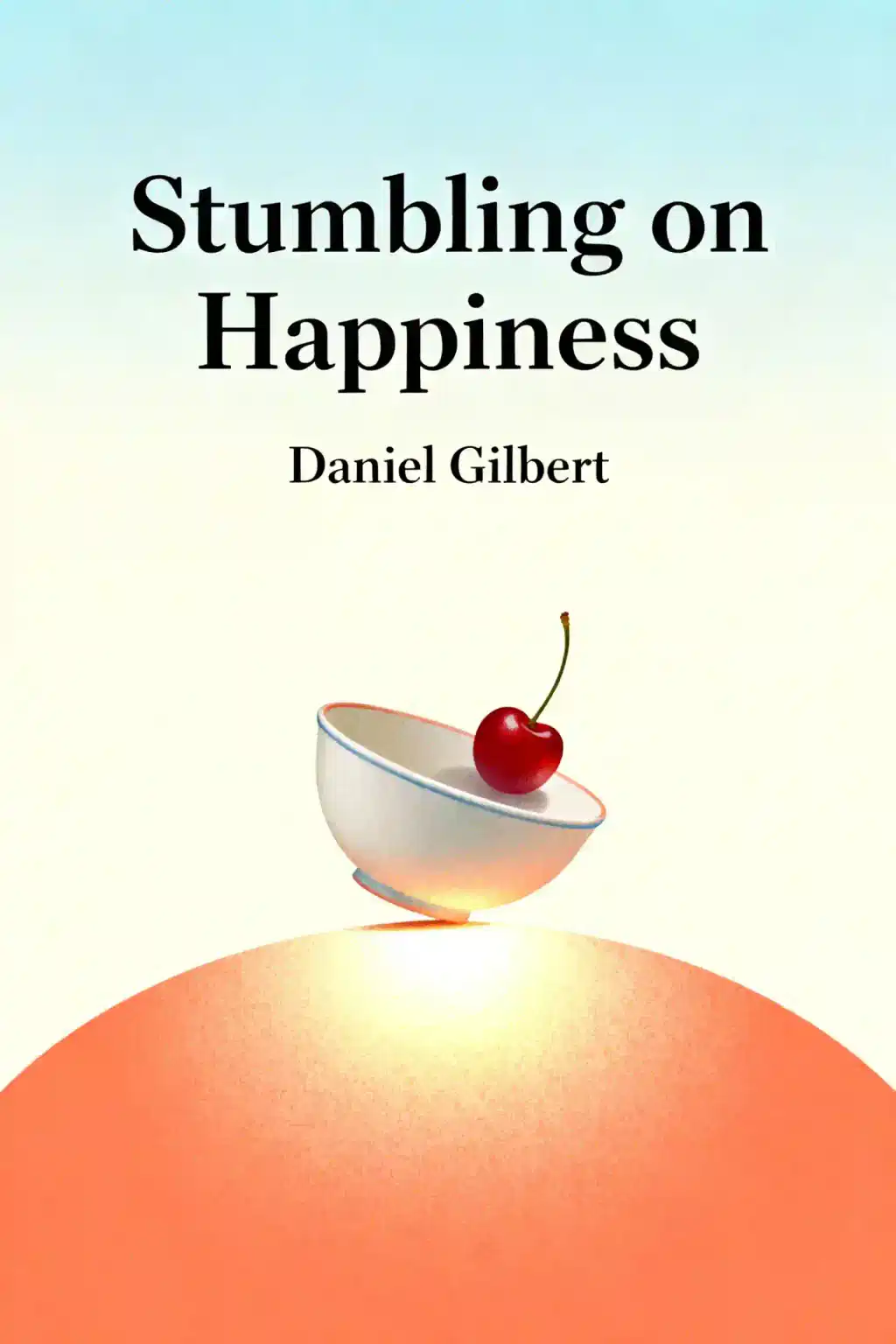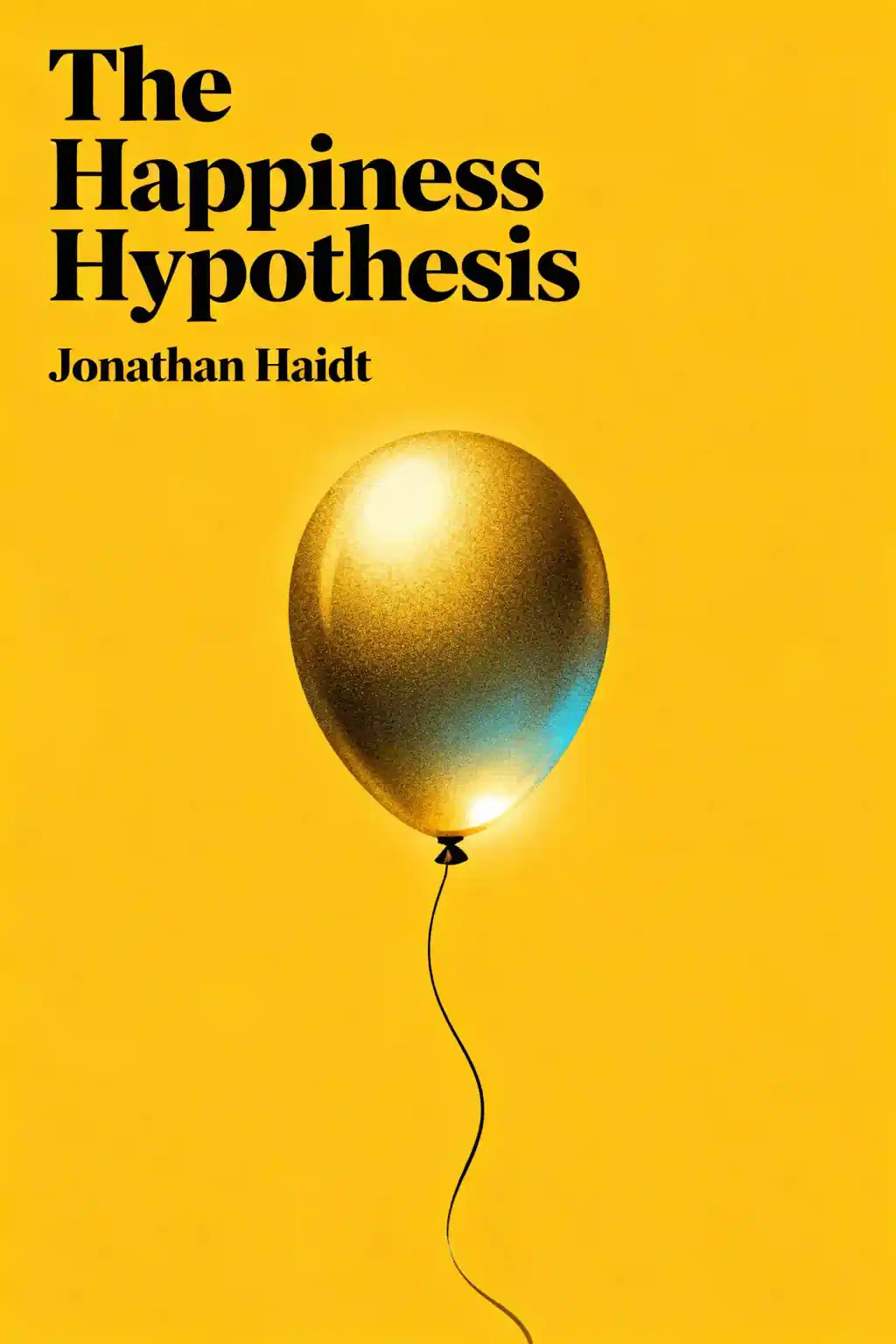
The Happiness Hypothesis by Jonathan Haidt Summary
Ancient wisdom meets modern science in "The Happiness Hypothesis." Ranked #1 in Happiness studies, Haidt's masterpiece explores what truly fulfills us. Why did NYT columnist David Brooks call it revolutionary? Because it reveals the surprising truth: our moral decisions are instant reactions, not logical conclusions.
About the author
Jonathan David Haidt, a social psychologist and bestselling author of The Happiness Hypothesis: Finding Modern Truth in Ancient Wisdom, is renowned for bridging ancient philosophy with contemporary psychology. He is a professor at NYU’s Stern School of Business and holds a PhD from the University of Pennsylvania.
Haidt explores moral psychology and human flourishing through empirical research. His work on moral foundations theory, which examines innate moral instincts, underpins his analysis of happiness, virtue, and societal well-being in this book.
Haidt’s expertise spans acclaimed works like The Righteous Mind, a New York Times bestseller on moral politics, and The Coddling of the American Mind, co-authored with Greg Lukianoff, which critiques modern parenting and education. He is also a co-founder of Heterodox Academy, where he advocates for viewpoint diversity in academia.
Haidt has delivered influential TED Talks on morality and polarization. His 2024 book The Anxious Generation addresses childhood’s digital transformation. Inducted into the American Academy of Arts and Sciences in 2019, Haidt’s research has shaped discourse in psychology, education, and ethics, with The Happiness Hypothesis cited widely in academic and self-improvement contexts.
FAQs About This Book
The Happiness Hypothesis explores how ancient wisdom intersects with modern psychology to uncover principles for living a fulfilling life. Haidt examines ten enduring ideas—from Eastern philosophy to Western thought—using scientific research to identify timeless lessons on virtue, relationships, and purpose. Central themes include the "divided self," the role of adversity, and cultivating meaning through connections.
This book suits psychology enthusiasts, self-improvement seekers, and philosophy readers. Haidt’s blend of academic rigor and accessible storytelling appeals to those questioning happiness sources, career alignment, or societal values. It’s particularly valuable for skeptics of shallow self-help advice, offering evidence-based insights into lasting fulfillment.
Yes—it’s a top-rated synthesis of philosophy and science (4.09/5 on Goodreads) praised for reshaping perspectives on happiness. Readers gain frameworks like H = S + C + V (happiness formula) and actionable strategies for emotional resilience. Critics highlight its depth compared to conventional self-help guides.
Haidt’s equation defines happiness as a combination of Setpoint (genetic baseline), Conditions (external circumstances), and Voluntary activities (choices like mindfulness). While genetics heavily influence happiness (~50%), intentional habits and reframing adversity can elevate one’s baseline over time.
The setpoint theory argues individuals return to a genetically predetermined happiness level after life events. For example, winning the lottery or facing trauma may cause temporary spikes or dips, but long-term satisfaction stabilizes near one’s innate setpoint. Haidt suggests focusing on controllable factors (e.g., gratitude practices) to offset this biological anchor.
This concept emphasizes that fulfillment emerges from relationships—to others, work, and a higher purpose. Like plants needing sunlight, humans thrive when nurturing connections aligned with their values. Haidt argues meaning arises indirectly through these bonds, not from direct pursuit of happiness.
While both explore dual-process thinking (rational vs. automatic minds), Haidt prioritizes application: how ancient wisdom and modern science guide life choices. Kahneman’s work focuses more on cognitive biases. The books complement each other—Haidt offers actionable steps, Kahneman details decision-making mechanics.
- “Happiness comes from between.”
- “The mind is divided into parts that sometimes conflict.”
- “Adversity may be necessary for growth.”
These lines underscore Haidt’s themes of balance, self-awareness, and embracing challenges as catalysts for resilience.
He advises matching careers to character strengths (e.g., curiosity, kindness) rather than fleeting rewards. “Job crafting”—tailoring roles to emphasize meaningful tasks—reduces mismatch between values and daily work. Examples include teachers focusing on mentorship over administrative duties.
Some argue Haidt overemphasizes genetic determinism (setpoint theory), downplaying systemic factors like poverty. Others note limited exploration of cultural variations in happiness definitions. However, most praise its balanced use of empirical data and philosophical inquiry.
- Reframe adversity as growth opportunities.
- Cultivate “between” connections (community service, passion projects).
- Audit habits using the H = S + C + V framework.
For career-driven readers, Haidt stresses prioritizing purpose over prestige.
In an era of AI-driven isolation and burnout, Haidt’s emphasis on human connections and purpose remains critical. The book’s lessons on balancing technology with meaningful engagement align with contemporary mental health challenges, offering a roadmap for sustaining well-being.
Quick Summary Mode - Read or listen to The Happiness Hypothesis Summary in 10 Minutes
Break down key ideas from The Happiness Hypothesis into bite-sized takeaways to understand how innovative teams create, collaborate, and grow.
Flash Card Mode - Top 10 Insights from The Happiness Hypothesis in a Nutshell
Distill The Happiness Hypothesis into rapid-fire memory cues that highlight Pixar’s principles of candor, teamwork, and creative resilience.

Fun Mode - The Happiness Hypothesis Lessons Told Through 18-Min Stories
Experience The Happiness Hypothesis through vivid storytelling that turns Pixar’s innovation lessons into moments you’ll remember and apply.
Personalize Mode - Read or listen to The Happiness Hypothesis Summary in 0 Minutes
Ask anything, pick the voice, and co-create insights that truly resonate with you.

From Columbia University alumni built in San Francisco
See More Stories?

Get the The Happiness Hypothesis summary as a free PDF or EPUB. Print it or read offline anytime.







